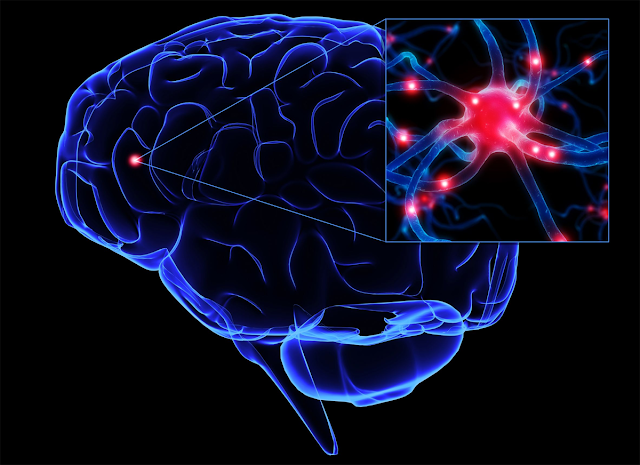Digital Pathology in Research: Accelerating Discoveries and Insights
Digital Pathology is revolutionizing the field of research by accelerating discoveries and providing unprecedented insights into various diseases and conditions. This innovative technology involves the digitization of histopathology slides, allowing researchers to analyze and interpret tissue samples digitally. Let's explore how virtual pathology is transforming research and advancing scientific discoveries.
One of the significant advantages of virtual pathology in research is the ability to access and analyze vast amounts of tissue samples quickly and efficiently. With traditional microscopy, researchers face limitations in terms of slide storage, retrieval, and physical manipulation. Virtual pathology eliminates these constraints by digitizing slides and making them accessible through digital platforms. Researchers can now access a comprehensive library of digital slides, enabling large-scale studies and the examination of diverse tissue samples with ease.
The digitization of pathology slides also enables collaboration and data sharing among researchers globally. Digital Pathology platforms allow researchers to share their findings, annotations, and analyses remotely, eliminating geographical barriers. This collaboration fosters multidisciplinary research efforts, encourages data exchange, and accelerates the pace of scientific discoveries. Researchers can leverage collective expertise and access a broader range of samples, enhancing the robustness and validity of research findings.
Moreover, virtual pathology enhances the efficiency and accuracy of data analysis. Image analysis algorithms and machine learning techniques can be applied to digital slides, enabling automated quantification, pattern recognition, and classification of tissue features. This automation significantly reduces the time and effort required for data analysis, allowing researchers to focus on higher-level interpretations and insights. It also enhances objectivity and consistency in data analysis, minimizing inter-observer variability.
The global Digital Pathology Market is anticipated to reach an estimated value of US$ 884.4 million in 2023 and is projected to grow at a CAGR of 12.2% from 2023 to 2030.
The integration of virtual pathology with other technologies, such as genomics and artificial intelligence, further accelerates discoveries in research. By combining virtual pathology with genomic data, researchers can correlate histopathological features with genetic variations and identify potential biomarkers or therapeutic targets. Artificial intelligence algorithms can also be trained on large datasets of virtual pathology images to identify subtle patterns or predict patient outcomes, providing valuable predictive and diagnostic insights.
Digital Pathology is particularly transformative in longitudinal studies and retrospective research. Archiving digital slides allows researchers to revisit and reanalyze historical tissue samples, providing valuable insights into disease progression, treatment outcomes, and long-term effects. This retrospective analysis can uncover new information, validate hypotheses, and generate novel research questions, contributing to a deeper understanding of diseases over time.
Furthermore, virtual pathology is propelling translational research by bridging the gap between research and clinical practice. The digitization of pathology slides facilitates the integration of research findings into routine clinical workflows, enabling more personalized and evidence-based patient care. It facilitates the development and validation of new diagnostic assays, prognostic markers, and therapeutic targets, ultimately improving patient outcomes.
Virtual pathology is revolutionizing research by accelerating discoveries and providing unprecedented insights into diseases and conditions. The digitization of pathology slides enables efficient data analysis, collaboration, and sharing of research findings. By integrating Digital Pathology with other technologies, researchers can uncover new biomarkers, predict patient outcomes, and advance personalized medicine. The transformative potential of virtual pathology in research is vast, and it continues to propel scientific advancements and improve our understanding of human health and disease.




Comments
Post a Comment